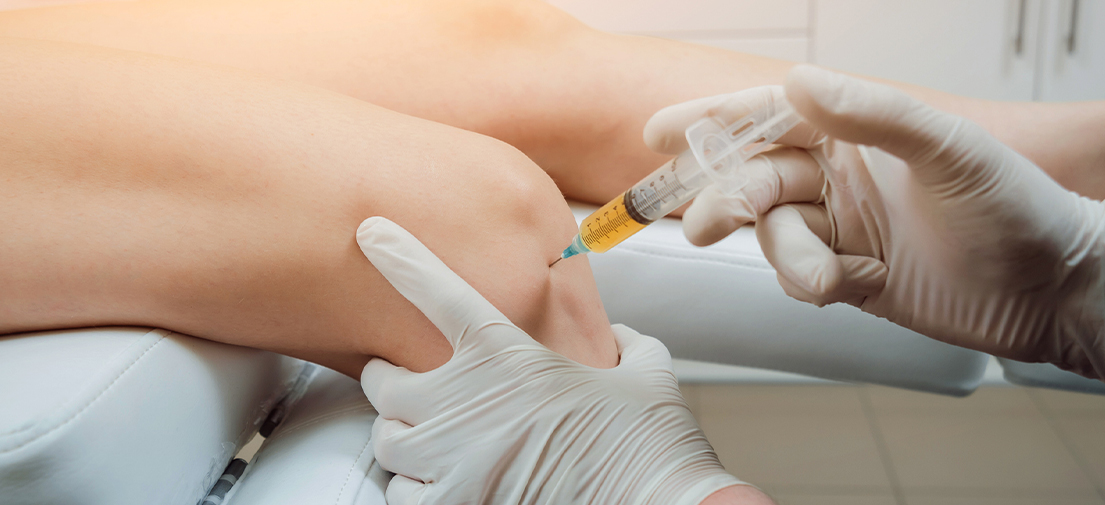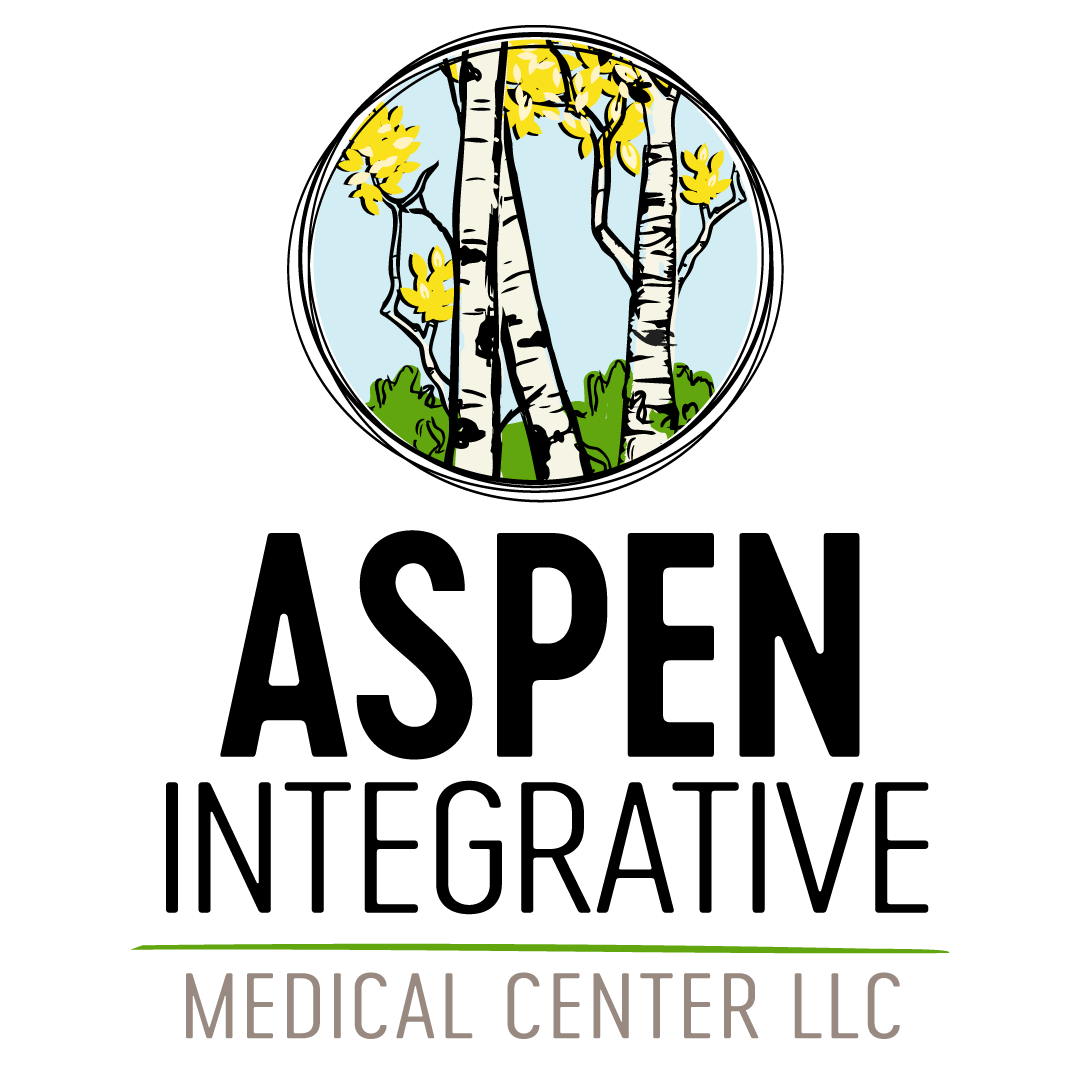
Using Prolotherapy to Heal Damaged Cartilage, Ligament, Tendons
Prolotherapy falls under the umbrella of regenerative injections, and the two are used interchangeably. Regenerative injections are intended to heal painful areas in our bodies by generating new, healthy tissue. With regenerative injections, a needle is inserted into the area being treated and a solution is injected to stimulate the healing process.
Throughout our lives, we will have sprains, strains, degeneration or tearing of our ligaments, tendons or joints. These types of injuries can happen from a traumatic incident, repetitive use or overuse. When any of the above-mentioned conditions happen, the stability of the affected area is compromised and there is associated pain that occurs. Prolotherapy will help stabilize these areas by healing damaged cartilage, ligaments or tendons and there will be less pain and better function.
What conditions will prolotherapy help?
Prolotherapy can help a variety of painful conditions including osteoarthritis, joint instability, chronic tendinitis, overuse injuries and ligament laxity. In other words, most joint pain, TMJ pain, back pain, carpal tunnel, chronic sprains, tennis elbow and knee pain can all improve with prolotherapy. Inflammatory arthritis, such as rheumatoid arthritis or gout, are generally not treated with regenerative injections.
How many regenerative treatments does a person need?
There are a LOT of factors that play into how quickly a patient’s tissue will heal. I’d like to break some of those factors down for you so you can feel the benefits of your prolotherapy more quickly.
- Smokers heal slowly! If you are a smoker, you are chewing up vitamin C and causing all kinds of oxidative damage to your tissue. You will require more treatments and get less out of your regenerative injections if you smoke.
- Your diet makes a difference. Your diet needs to be rich in a variety of whole, real foods to provide nutrients that make it easier for your body to heal and benefit from prolotherapy. Cut the energy drinks, soda, sugar, fast food and processed foods.
- Diabetics heal slowly, too. When blood sugar is out of control, tissue becomes fragile and the vascular system becomes compromised. Getting and maintaining healthy blood sugar levels would be the first step for a diabetic to be able to benefit from regenerative injections.
- Hormone imbalances have to be addressed. If your thyroid and adrenal hormones aren’t balanced, your healing process will be slow. Same goes for your estrogen, progesterone and testosterone. Finding that balance before you start prolotherapy treatments will maximize your benefit.
- Supplements can help. During a patient’s intake, I take a detailed history and look at recent lab work if it’s available to determine if there are vitamins, herbs, therapeutic exercise or other naturopathic modalities that can decrease pain and speed healing time.
Generally speaking, a patient will need three to six treatments over the course of three to six months, but that is a rough estimate. A more accurate assessment of how many treatments will be needed is a discussion to have with the physician who is treating you.
Are treatments painful?
As one of my favorite patients put it, “They don’t tickle!” However, the injections are totally tolerable if the person performing the injections is skilled. After treatment, the area that was injected may be stiff and sore for a few days. A stiff and sore reaction is a completely normal response to the treatment. After all, we are utilizing inflammation as our healing response and one of the calling cards of inflammation is pain.
In conclusion
Now that information is coming to light regarding steroid injections harming cartilage in arthritic joints as well as decreasing bone density, regenerative injection therapy is becoming a more reasonable option and I hope more patients will seek prolotherapy to help their pain.

By: Amber Belt, ND
Written for Flagstaff Business News




